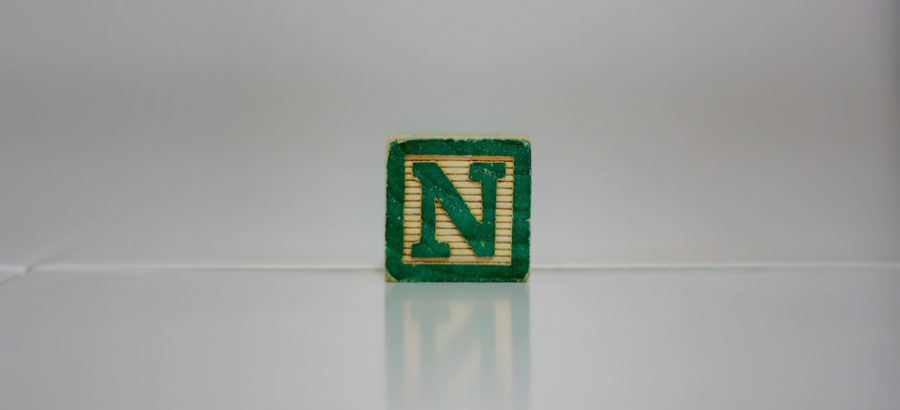
Over summer, lab members have been super-busy on their various projects, taking advantage of the quiet(er) environment out of the teaching term. In the autumn, we have PhD upgrades, submissions, and vivas; papers to submit; some lab members to farewell (boo), and excitingly, a number of folk will be presenting at the Inaugural Cultural Evolution Society conference in Jena, Germany.
As a round-up, here’s “EXCD by the numbers”:
Sean: The Great Language Game is a large-scale online game where players listen to an audio speech sample and guess which language that they think they’re hearing. We analysed 15 million judgements from 964,000 participants from 80 countries. We found that people are more likely to confuse languages that are closely related in time and space.
Simon: As my research focuses on the micro rather than the macro, the most impressive number I can give in relation to this work is one – to represent each of the international student sojourners who make up my research participants, and the unique quality of their experiences that furnishes my data.
Catherine: I’ve collected Australian kinship terms from the Pama-Nyungan language family. This section of Kinbank, our database of kinship terminologies for the VariKin Evolution project, contains 13,338 words across 77 languages, while the Atlantic-Congo section that we’ve just started currently stands at 802 words across 23 languages. We are analysing 29 Pama-Nyungan languages to investigate the potential link between community marriage norms and the words one uses to talk about one’s grandparents. In my ornithological life, I was part of a recently-published study that analysed images of 49,175 eggs from 1,400 species of birds, demonstrating that egg shape is linked to avian flight ability.
Sam: There are a theoretical 10,480,142,147 different ways to classify 16 different family members. In KinBank right now we have data on 407 languages and have collected 52,408 kin-terms.
Alice: During ongoing fieldwork for the VariKin Acquisition subproject, I have collected around 38 hours of recordings of Datooga children’s interactions with adults and other children. We have so far transcribed 18,300 words of these recordings. The youngest speaker currently has 1 kinship term in his active vocabulary: ‘mother’, which he only uses in the expression “mother’s stomach!”, meaning “I swear!”
Peter: I compiled a frequency database for the VariKin Usage project. It contains information on the frequency of use of 45 distinct kin term types (such as “mother” or “mother’s father”) from 21 Indo-European languages, covering 498 distinct forms in three separate textual genres, sampling spoken, written, and on-line use. Sam and I are using these data to estimate the rate of change of a set of kin terms in Indo-European and compare it to the rate of change of basic vocabulary items. I am working on a similar database in Arabic and other non-Indo-European languages.
Rebecca: As part of my MSc project I have analysed data on marriage practices and parental investment strategies for 262 societies in four different language families. We are determining whether these cultural traits are evolving differently in each language family and whether they have a co-evolutionary relationship.
Alarna: 5’33” is the length of each of the recordings of two creation stories we are inviting participants in the UK and US to listen to. These stories combined contain 538 propositions that participants are asked to recall, and contain at least 6 types of content bias. The Transmission project has currently collected 1,439 minutes (23 hours and 59 minutes) of audio recordings from participants.
Cecilia: There are over 10,000 possible permutations of pitch and tone elaboration (lengthening, decoration etc) offered by the music systems of 15 worldwide music cultures (thanks to Sean for doing the math). And yet in 182 musical endings randomly selected from a project-wide sample of over 1,500 pieces, most final tones fall into one or other of only two combinations.
Fiona: I’m lucky to have eleven fantastic graduate students and postdocs in the excd.lab. Since last September we’ve had around eight visitors to the lab, two summer interns, and acquired 1 honorary lab member, Rob Ross. In a few weeks we’ll be welcoming two data collection assistants (Lucy Harries (back) and Luis Henrique), and hosting two visitors, Andreea Calude from New Zealand, and Joshua Birchall from Brazil. I have learned and used functions from about 14 R packages in the pursuit of analysing data on Pacific agricultural systems, and am writing 1 new undergraduate course for the autumn.